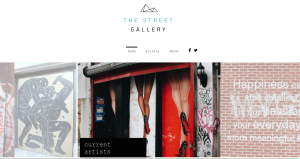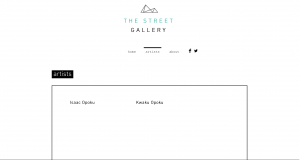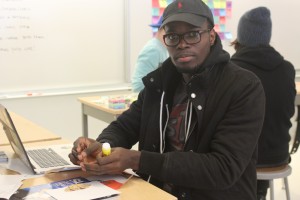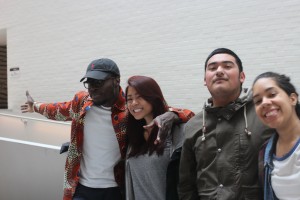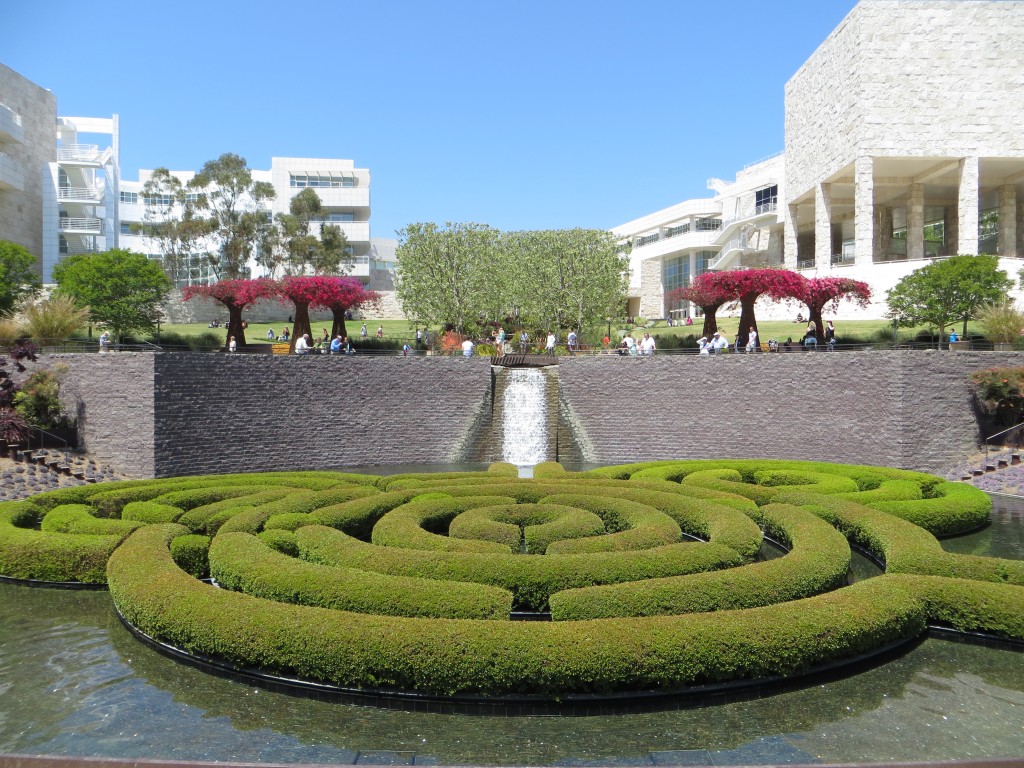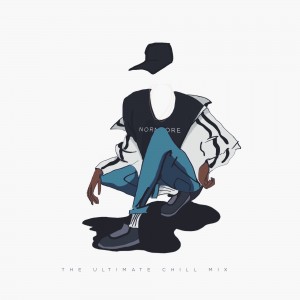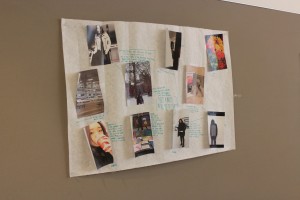The motivating idea in doing this gift, is that graffiti – or the urban art form commonly called graffiti – has been, since its inception, generally (and indeed intentionally) excluded from the institutional world of art. This project, is based on a fundamental conviction that graffiti is not an anthropological phenomenon to be dissected, not a social malady to be cured, but a legitimate aesthetic and cultural movement, born of a revolutionary spirit and a will to resistance.
Graffiti is a powerful assertion of personal identity, invented and nurtured by working-class youth, despite ceaseless efforts by public institutions, corporations, and popular culture to deny the artists’ individuality – to turn them into statistics, consumers, and a mass audience. Thanks to messages handed down principally by the mass media, graffiti writers have been stereotyped as delinquent, marginal, or artistically inadequate – an intentional deception that justifies the preconceived idea that this movement is ‘antisocial’ and ‘criminal’, and without stylistic discriminations or standards of achievement.
At the same time, the tendency to marginalize graffiti has allowed enthusiastic authors to bestow on it a heroic and romantic dimension, as being youthful and cathartic, which supposedly removes it from, or places it in opposition to, the practices of conventional, codified art forms. This equally misleading kind of generalization, which continues to define the popular image of graffiti, has obscured and diminished our understanding and blinded our vision. It prevents us from seeing the revolutionary aspect of graffiti’s expression, its culture of resistance to manipulation and censorship; and it keeps us from seeing graffiti as art. Instead we are exposed to a kind of fraud that simplifies and exploits this authentic form of expression of street art. This is, perhaps, because it questions the exclusive ‘ghetto’ of contemporary artistic creation; and because allowing it to function as the work of individual artists dispels the exclusively criminal image that remains associated with graffiti.
Yet the fact that the expression of graffiti is not meditated by an institutional system of schools, galleries, and museums does not mean that it is without a structure. Within New York, there is a recognized history, dating back decades now, with specific individuals, recognized for their innovations and contributions. There are distinct styles with recognized starting points. And there are individuals who have become facilitators and enablers, critics, chroniclers, and publicists – defenders of graffiti as an art form. This disconnect often brings up the number one problem most graffiti artists face, the problem of ‘death’ to their work, in the sense that, their works have a very short life span and really are usually cleaned off in just a matter of days after its conception.
Graffiti touches on a variety of styles and approaches of styles and approaches that characterize the selected artists, putting in evidence of their expressive and discursive depth and at the same time refuting the tendency to generalize them. In this sense, the choice of these artists not only highlights the groundbreaking role of the most recognized artists of this form of street expression in New York City, but also the visible influence that they have had on other ‘writers’ of their generation and succeeding ones, working simultaneously snd subsequently in other corners of the city, equally abandoned.
This project, which is making an online street gallery for this community, reveals the vitality, urgency, character and artistic merit of this spontaneous, antiauthoritarian movement, one that spread across the world. It’s a growth that continues despite the ongoing repression that the form has endured since its emergence. At the same time, this project aims to include a generous selection of work by each of the selected artists and address the number one problem these artists face, in order to show the expressive and discursive richness characteristic of graffiti can be definitive. This constantly changing, ephemeral art form can only be experienced in the vast ‘gallery’ of NYC’s streets, walls, rooftops, tunnels, trucks, and mass transit system. But as with any art form, understanding it, recognizing its artist personalities and the styles of individual writers, can make the viewer’s experience more rewarding.



